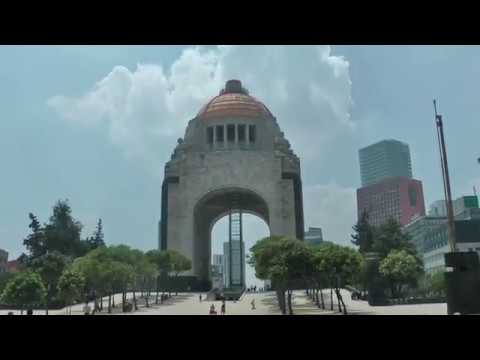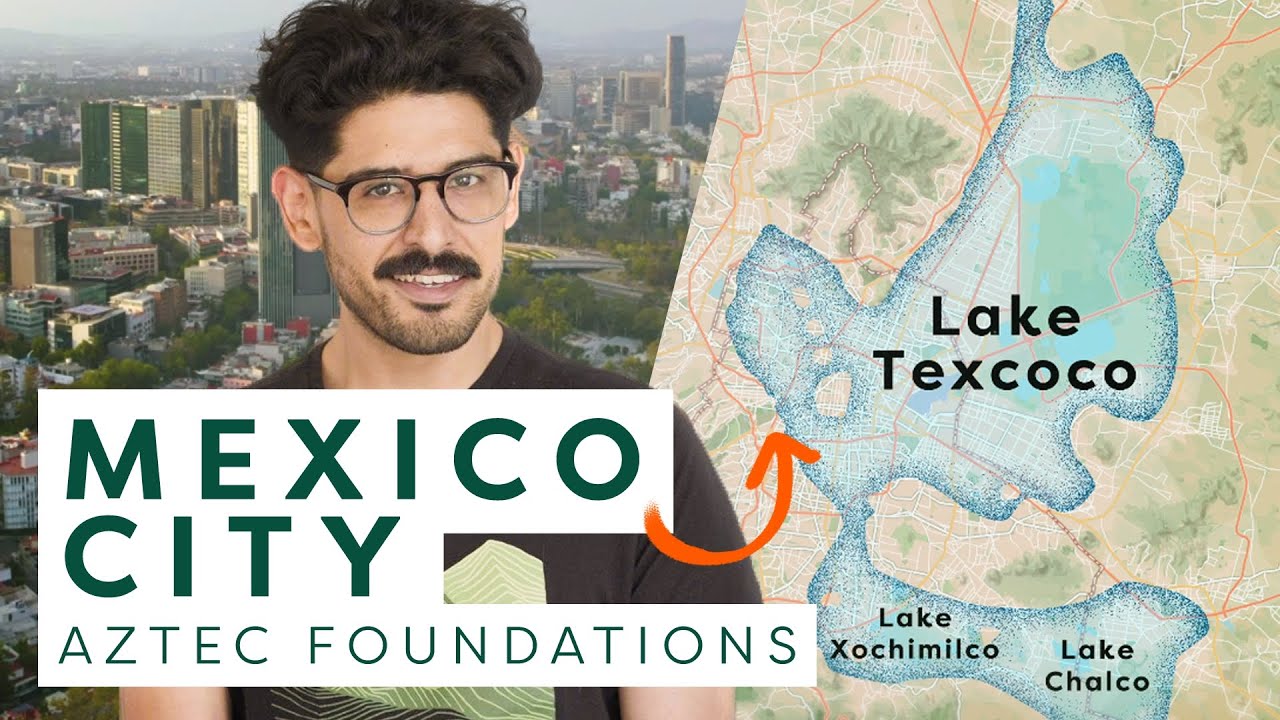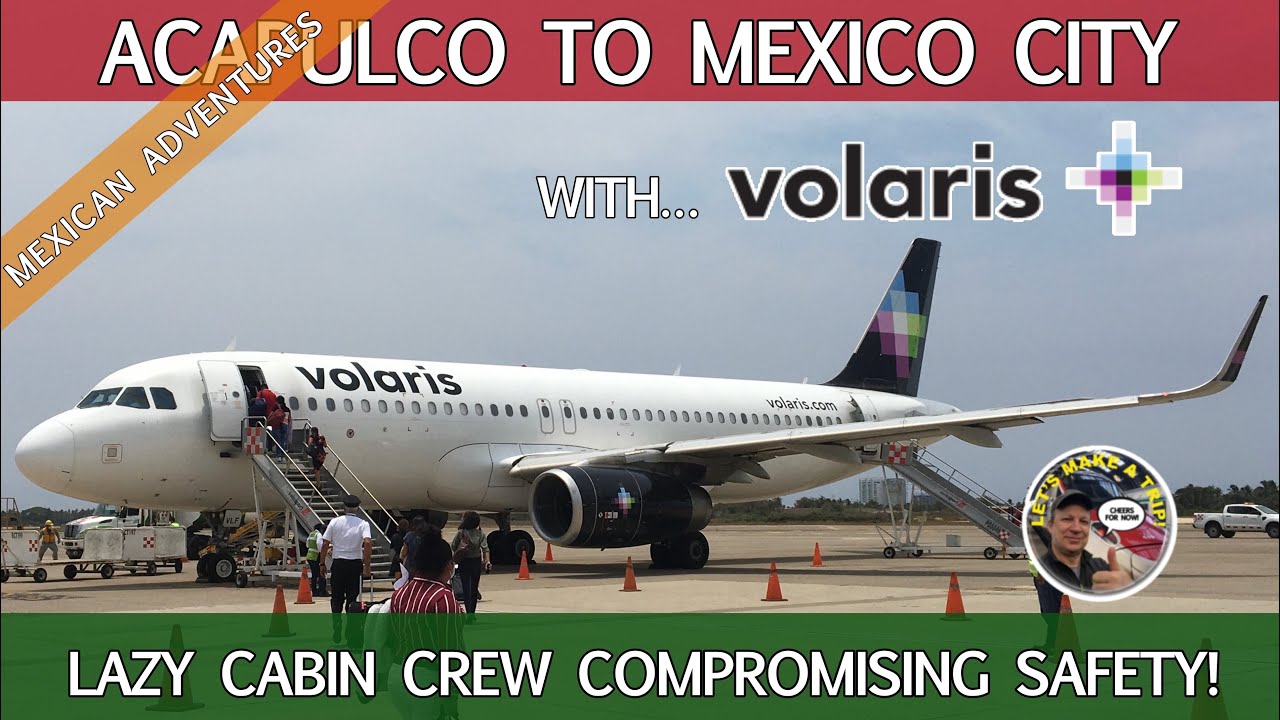Discover the Icon of Mexico City
In the heart of Mexico City, the Zócalo stands as a monumental square that has seen the passage of time from the ancient Aztec Empire to the vibrant metropolis it is today. Surrounded by historic buildings, including the majestic Mexico City Metropolitan Cathedral and the National Palace, the Zócalo is not just a sight to behold but a place where history, culture, and modern life intersect. This central square is an embodiment of Mexico’s complex past and its dynamic present, making it an essential visit for anyone exploring the capital.
Each year, the Zócalo hosts a myriad of events that showcase the rich cultural tapestry of Mexico. From the awe-inspiring sight of the plaza filled with Day of the Dead ofrendas to the grand Independence Day celebrations, the square is a focal point for Mexican festivities. These events offer a unique opportunity for visitors to experience traditional Mexican culture up close, set against the backdrop of the city’s most iconic landmarks.
For those interested in the arts, the Zócalo and its surrounding areas are a treasure trove of museums and galleries. The nearby Templo Mayor, an Aztec archaeological site, provides a glimpse into the pre-Hispanic history of the area. Meanwhile, the National Palace is home to stunning murals by Diego Rivera, telling the story of Mexico from the pre-Columbian era to the Mexican Revolution. These sites, within walking distance of the square, enrich any visit with their historical and artistic significance.
But the Zócalo is more than just a place of historical and cultural importance. It is a living part of the city where people gather, socialize, and participate in the daily life of the capital. Street performers, vendors, and political activists share the space, contributing to the vibrant atmosphere that defines Mexico City. Visitors can enjoy local cuisine at nearby markets, or simply take in the bustling energy of the square.
Exploring the Zócalo is an exploration of Mexico itself—a journey through its history, its art, and its people. Standing in the plaza, one feels the pulse of the city and understands why the Zócalo remains the symbol of Mexico City. Whether you’re drawn to its historical significance, cultural richness, or the lively urban energy, the Zócalo offers a unique insight into the heart of Mexico.
The History Behind Mexico City’s Majestic Statue
Nestled in the heart of Mexico City, the majestic statue known as the Angel of Independence stands as a towering beacon of freedom and victory. This emblematic monument, officially known as “El Ángel,” commemorates Mexico’s hard-fought battle for independence from Spanish rule. Erected in 1910 to celebrate the centennial of the beginning of Mexico’s War of Independence, it has since become not only a focal point for celebrations and protests but also a symbol of hope and resilience for the Mexican people.
The idea for the Angel of Independence was conceived by then-President Porfirio Díaz, who sought to showcase Mexico’s progress and modernity as the country entered a new century. Designed by architect Antonio Rivas Mercado, the statue draws inspiration from the Victory Column in Berlin. It features a Roman-style column topped with a statue of Nike, the Greek goddess of victory, who is often referred to as an angel. This “Angel” holds a laurel crown symbolizing victory in one hand, and broken chains representing freedom in the other.
The construction of the monument was an endeavor of national pride and engineering prowess. It was built using quarried stone and the column itself is clad in gold. Standing at an impressive 45 meters (148 feet) tall, it required the cooperation and participation of numerous Mexican artists and craftsmen. The base of the monument houses a mausoleum with the remains of key figures in the fight for Mexico’s independence, further cementing its status as a shrine to liberty and patriotism.
Over the years, the Angel of Independence has witnessed many significant events in Mexico’s history. It has been the site of both celebration and mourning, playing host to everything from political rallies to commemorative ceremonies. Its position in Paseo de la Reforma, a grand avenue designed to resemble the Champs-Elysées in Paris, emphasizes the nation’s connection to broader international ideals of liberty and justice.
Despite the turbulence of Mexico’s history, the Angel of Independence stands steadfast as a reminder of the country’s enduring spirit and the sacrifices made for its sovereignty. It invites visitors from around the world to reflect on the price of freedom and the importance of maintaining peace. As a work of art, a historical monument, and a national symbol, the Angel of Independence continues to inspire awe and admiration in all who gaze upon its towering figure.
Exploring the Statue in Mexico City: What to Know
In the heart of Mexico City, among its bustling streets and towering buildings, stands an iconic statue that is a must-visit for any traveler. This sculpture is not just a testament to the city’s rich history and cultural heritage but also a beacon for adventurers looking to immerse themselves in the true essence of Mexican spirit. Before you set off to explore this magnificent monument, here are some important things to know that will enrich your experience and ensure you make the most of your visit.
First and foremost, it’s vital to understand the significance of the statue within the local culture and history. Often, these statues are dedicated to key figures in Mexico’s fight for freedom and independence or pivotal moments that have shaped the nation. Recognizing the story behind the statue will provide a deeper appreciation for your visit and offer insight into Mexico’s proud past.
When planning your visit, take into consideration the timing. Early mornings or late afternoons are usually the best times to explore, as the crowds are smaller and the lighting is perfect for photographs. Additionally, many statues are situated in scenic locations, so visiting during these times enhances the beauty of your experience, allowing the intricate details of the statue and its surroundings to truly stand out.
Another important aspect to consider is the local etiquette and regulations surrounding the monument. Respectful behavior is paramount, as these statues often hold deep significance. Abide by any signs or guidelines in place to protect the integrity of the site. This includes refraining from touching or climbing on the statues, as such actions can cause damage over time.
Lastly, enrich your visit by taking advantage of guided tours or informational plaques that are often available at major monuments. These resources provide valuable context about the statue’s history, the artist who created it, and its importance to Mexico City. Engaging with these materials can transform a simple viewing into an informative and memorable cultural experience.
Exploring the statue in Mexico City offers more than just a photo opportunity; it’s a doorway into the heart and soul of Mexican heritage. With the right preparation and respect for the cultural significance, your visit can be an enlightening journey that deepens your connection to this vibrant country.
Why Mexico City’s Statue Is a Must-Visit for Adventure Seekers
Mexico City, a bustling metropolis teeming with culture, history, and adventure, is home to one of its most iconic landmarks: the Angel of Independence. This statue, standing regally on Paseo de la Reforma, isn’t just a mere monument – it’s a beacon for adventure seekers from around the globe. For those yearning to dive deep into the heart of Mexico’s heritage while satisfying their hunger for adventure, a visit to this majestic statue is an absolute must.
Firstly, the Angel of Independence is not only a symbol of Mexican liberty but also a testament to the country’s rich history. Climbing to the top offers a unique opportunity to witness breathtaking panoramic views of the sprawling city below – a sight that’s both exhilarating and awe-inspiring. It’s the kind of adventure that combines physical activity with cultural enrichment, appealing to those who wish to experience something beyond the conventional tourist path.
Moreover, the location of the statue in Mexico City’s bustling Paseo de la Reforma adds an extra layer of adventure. This major avenue, often compared to the Champs-Élysées, is lined with monuments, museums, and architectural marvels, offering plenty to explore before or after your visit to the statue. The journey to the Angel itself is an adventure, inviting visitors to immerse themselves in the vibrant life of one of the world’s most dynamic cities.
Lastly, the Angel of Independence stands as a gateway to countless other adventures in Mexico City and beyond. From the statue, many of the city’s other famed attractions are easily accessible, serving as starting points for broader explorations. Whether you’re captivated by the ancient ruins of Teotihuacan, the tranquil waters of Xochimilco, or the bustling markets of La Ciudadela, the Angel of Independence marks the beginning of a myriad of thrilling experiences awaiting in Mexico City.
Embarking on an adventure to Mexico City’s iconic statue is more than just a visit to a landmark; it’s an invitation to explore, experience, and immerse oneself in the essence of Mexico. For adventure seekers around the world, it presents an unrivaled blend of historical significance, cultural depth, and sheer excitement – making it a truly unmissable destination.
Unveiling the Mystery: What Is the Statue in Mexico City?
In the heart of Mexico City stands a colossal monument that both captivates and mystifies visitors and locals alike. This statue, rich in history and steeped in enigma, is none other than the Angel of Independence. It’s more than just an iconic symbol of Mexico City; it’s a testament to the country’s long battle for freedom and independence from Spanish rule. Erected in 1910 to commemorate the centennial of the beginning of Mexico’s War of Independence, it holds a deeper meaning in the collective memory of the Mexican people.
The Angel of Independence is adorned with a golden sculpture of the Greek goddess Nike, who symbolizes victory. This towering figure holds a laurel wreath in her right hand, a symbol of triumph, and in her left, a broken chain, denoting freedom from oppression. Below this majestic statue, a mausoleum contains the remains of Mexico’s most revered heroes of independence, adding a sacred dimension to its existence. It’s not just a monument; it’s a shrine to bravery and sacrifice.
Located on the bustling Paseo de la Reforma, the Angel of Independence stands as a pivotal center of social and political gatherings. Over the years, it has witnessed numerous historical events, from celebrations of national pride to protests demanding social justice. Its significance transcends aesthetics, embodying the spirit of resilience and unity among the Mexican populace. It’s a place where history and modernity merge, where past struggles are honored, and future aspirations are voiced.
For travelers seeking to immerse themselves in the cultural and historical tapestry of Mexico, a visit to the Angel of Independence is indispensable. By day, its golden hue dazzles under the sun, offering spectacular photographic opportunities. By night, illuminated against the city skyline, it becomes a beacon of hope and remembrance. The area around the statue bustles with life, offering visitors a taste of the city’s vibrant atmosphere and its penchant for lively street performances and traditional Mexican cuisine.
Understanding the story behind the Angel of Independence elevates a simple sightseeing trip to a profound experience. It allows visitors to connect with the heartbeat of Mexico City, gaining insight into the struggles and victories that have shaped the nation. This statue is not just an architectural marvel; it’s a symbol of Mexican identity, resilience, and pride. By unveiling the mystery of this monument, one discovers not only the rich history of Mexico but also the indomitable spirit of its people.


